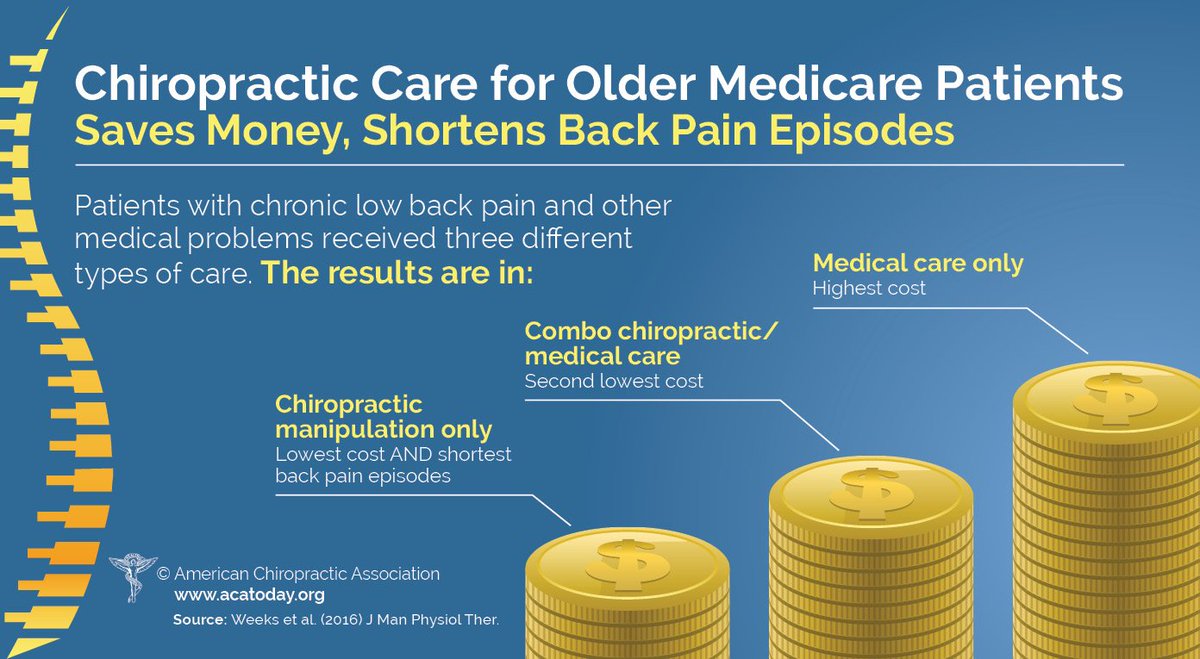Simply When You Assume Alleviation Is Near, Soft Tissue Treatment Exposes Its Unpleasant Facts-- Discover Why The Procedure Can Be Agonizing Yet Beneficial
Simply When You Assume Alleviation Is Near, Soft Tissue Treatment Exposes Its Unpleasant Facts-- Discover Why The Procedure Can Be Agonizing Yet Beneficial
Blog Article
Authored By- https://chiropractic-care-chiropr17395.ja-blog.com/33138769/indicators-you-might-need-soft-tissue-treatment-for-discomfort-alleviation
When you undertake soft Tissue treatment, you may discover it remarkably uneasy. This discomfort emerges as pressure is put on tense muscular tissues and broken cells, causing your pain receptors. While it can feel traumatic in the moment, there's a factor behind this sensation. Understanding what occurs in your body during these treatments can assist you value the process. So, just what is going on underneath the surface?
The Physiology of Pain Throughout Soft Tissue Therapy
When you undertake soft Tissue treatment, your body's response to pain is a complicated interplay of physical processes. As read this post here uses pressure, your body turns on discomfort receptors, sending out signals to your brain. This triggers the release of natural chemicals, such as compound P and glutamate, which magnify the experience of pain.
Your muscles might also tighten in reaction, additional making complex the experience. On top of that, your body might release endorphins, natural pain relievers that can aid alleviate some discomfort.
The interaction between these procedures can develop an unique experience for each and every individual. Recognizing this physical response assists you navigate the feelings during therapy, enabling you to value the equilibrium in between discomfort and the capacity for healing advantages.
The Role of Pain in the Healing Process
Although discomfort throughout soft Tissue therapy can feel frustrating, it plays an essential duty in the healing process. When you experience pain, your body is signaling that it's functioning to fix damaged cells. This action assists enhance blood circulation to the damaged location, supplying vital nutrients and oxygen needed for recovery.
In addition, pain can promote the launch of endorphins, your body's natural painkillers, producing a sense of relief post-treatment. Accepting this discomfort can aid you recognize your body's restrictions and encourage you to resolve underlying problems.
While it's unpleasant now, this process is crucial for long-lasting healing and boosted feature. Acknowledging pain as a vital part of healing can empower you to stay devoted to your treatment.
Tips for Handling Pain During and After Therapy
Handling discomfort during and after soft Tissue treatment can substantially improve your total experience and recovery.
To start, communicate freely with your therapist regarding your discomfort degrees; they can readjust strategies accordingly. Utilizing deep breathing methods can likewise help you relax and reduce pain.
Consider applying ice to the treated location post-session to lower inflammation and numb discomfort. Staying hydrated help in the recuperation procedure, so consume lots of water.
Gentle extending and light movement after treatment can promote blood circulation and ease tightness. Lastly, guarantee you get ample remainder to allow your body to recover.
Applying these suggestions can make your soft Tissue treatment a lot more workable and satisfying.
Conclusion
Finally, while soft Tissue treatment can be unpleasant, it's important to acknowledge that this discomfort plays an essential duty in your recovery journey. By understanding the physical feedbacks at play, you can approach the therapy with a more positive mindset. Keep in mind, the initial pain frequently gives way to relief as your body releases endorphins. Embrace the process, and don't think twice to use the suggestions for managing discomfort to enhance your experience and recovery.
